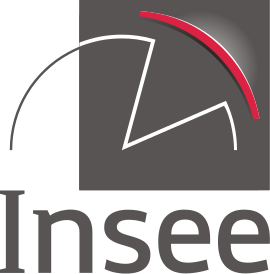Education, Training and Employment 2025 Edition
With Education, Training and Employment, INSEE presents the main analyses of young people leaving the initial education system, their professional integration and lifelong training.
Diverse pathways to adult life, marked by family influence
Jenny Rinallo, Jérôme Domens, Flora Vuillier‑Devillers (Insee)
Entry into adult life is marked by many changes: end of initial education, access to employment, leaving the parental home, starting a couple. Young people who entered 6th grade in 2007 could be grouped together in 2023, when they were 26-27 years old, according to the trajectory they took to enter adult life.
Level and field of study were decisive factors in rapid access to stable employment. Young people from the most privileged backgrounds more often undertook long studies. In addition, for young people from equivalent social backgrounds, the involvement and aspirations of their parents were also levers for further study.
Half of all young people had already moved out of their parents' home at least once before the age of 21, one in two with financial help from their parents to find accommodation. In the case of women, access to residential autonomy was more likely to come from living with a partner.
Long studies often went hand in hand with a first experience of early assisted decohabitation. Conversely, young people who are neither in employment, education or training (NEET) lived more often with their parents on a long-term basis. Decohabitation trajectories leading to couplehood were linked to those leading to stable employment: young people who hadpursued long studies with direct access to stable employment were 1.6 times more likely than others to extend early decohabitation by couplehood.



